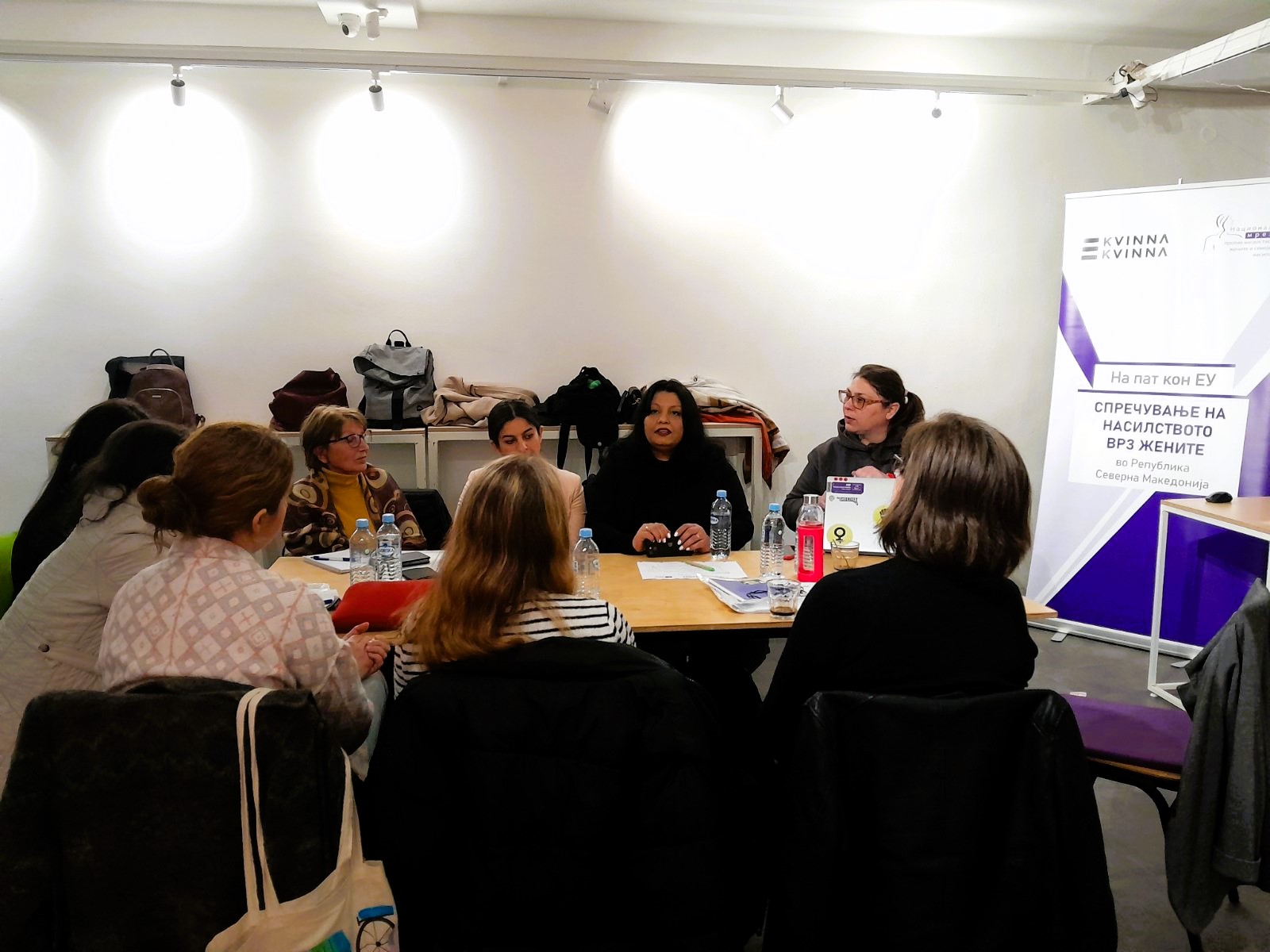Partner organization Foundation “United Women” from Banja Luka (Bosnia and Herzegovina) prepared a joint report for the countries of the Western Balkans, together with the partner organizations from Serbia, Kosovo, Albania, Montenegro and North Macedonia, which contains data from the 6 countries, key findings and key recommendations for murders of women or femicides during 2021 in the region.
Key findings, or common characteristics for the region, indicate that the circumstances leading to femicide cases show a higher risk of femicide where women victims left their husbands/partners or there were indications that they intended to leave. Namely, every second woman was killed by her husband or partner in their shared house/apartment.
In addition, the findings show that women of all age groups are at risk of being victims of femicide, with an increased incidence in the 46 to 55 age group in particular. More than half of femicide cases in 2021 in the Western Balkans Region occurred in urban areas (61%), while 39% of female victims were killed in rural areas. Only (24%) of women and girls who were victims of femicide reported violence in institutions before the femicide occurred. Every third woman victim (33%) was killed with firearms (pistols, automatic rifles, explosive devices).
Men of all age groups have been identified as the perpetrators of these murders, with an increased incidence especially in the 36 to 45 age group.
The key recommendations are as follows:
– Official statistical data related to cases of violence against women and girls in the countries of the Western Balkans Region should contain data on gender-related murders of women;
– It is necessary to provide financial support to women’s civil society organizations in the Western Balkans Region to enable them to carry out continuous monitoring of cases of gender-based and domestic violence;
– It is necessary to apply an integrated focus on the geographical prevalence of cases of femicide (urban/rural environment) during the development and implementation of programs for the prevention of gender-based and domestic violence;
– There should be monitoring of reported cases of domestic violence and intimate partner violence where there is possession of firearms by perpetrators, as well as cases where women have left or intend to leave the violent partner. These cases should be classified as high risk cases.
– Institutions should take greater steps to ensure that risk assessments are carried out and that protection and care are available to women who choose to leave abusive husbands or partners and to women who are exposed to stalking, harassment, threats or other forms of violence.
The report is available at this link in English.
This activity was carried out within the project “Institutionalization of quality services for the integration and rehabilitation of women victims of violence in the Western Balkans” supported by the Austrian Development Agency (ADA).





